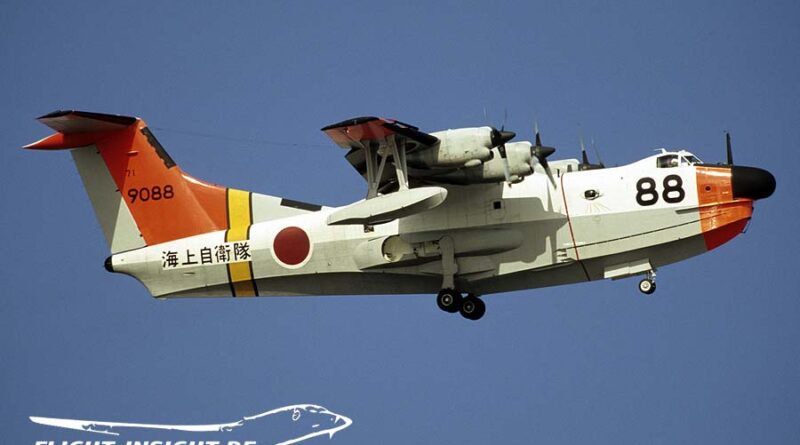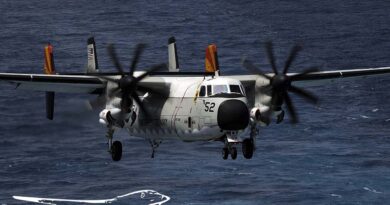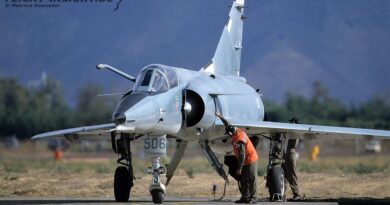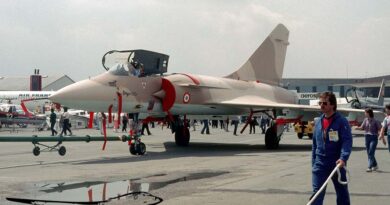Shin Meiwa US-1
Die UF-XS sowie eine US-1 stehen heute im Kakamigahara Aerospace Museum nördlich von Nagoya.
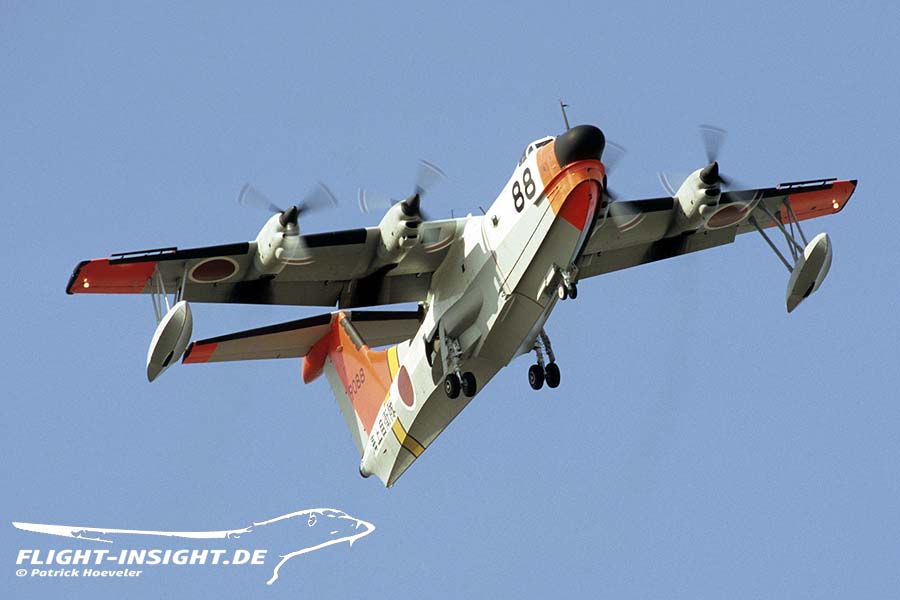
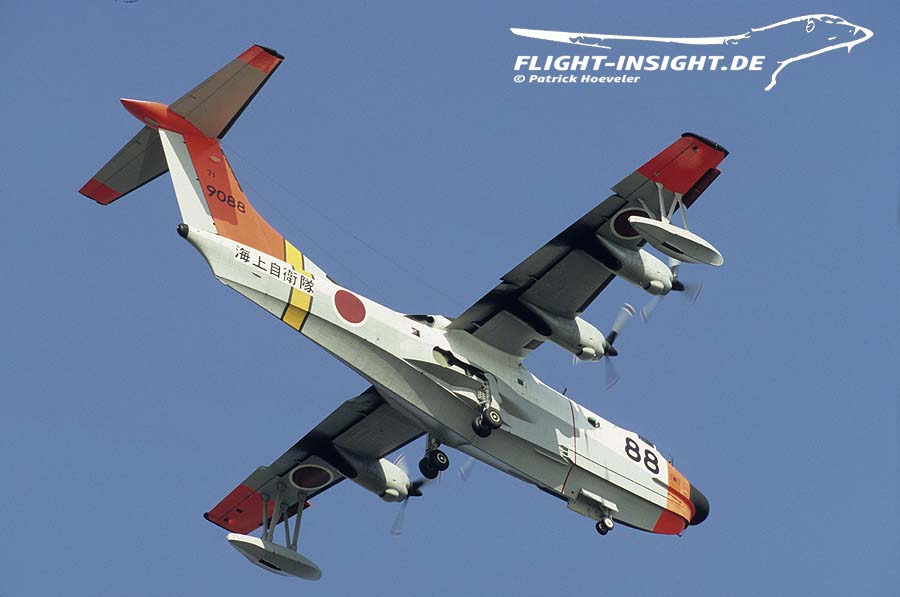
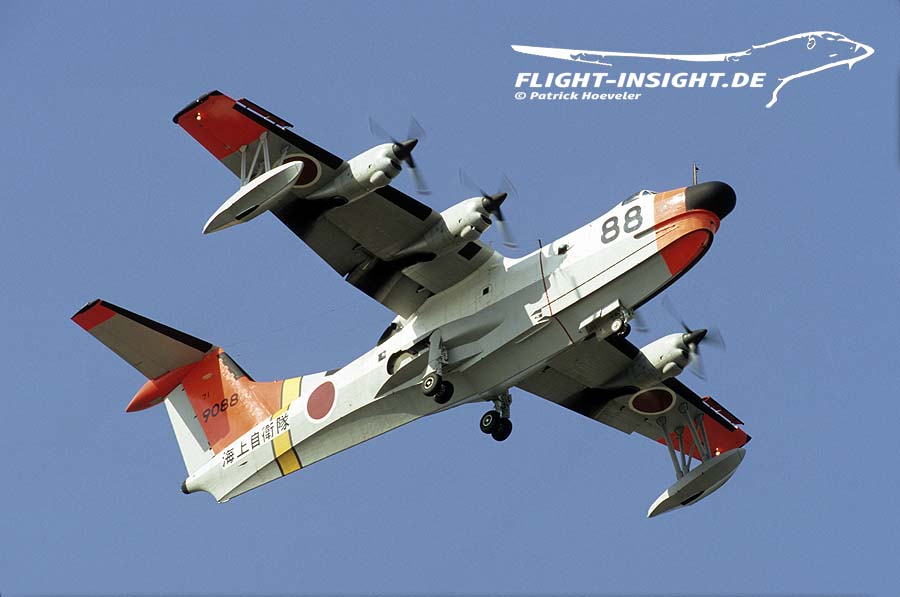
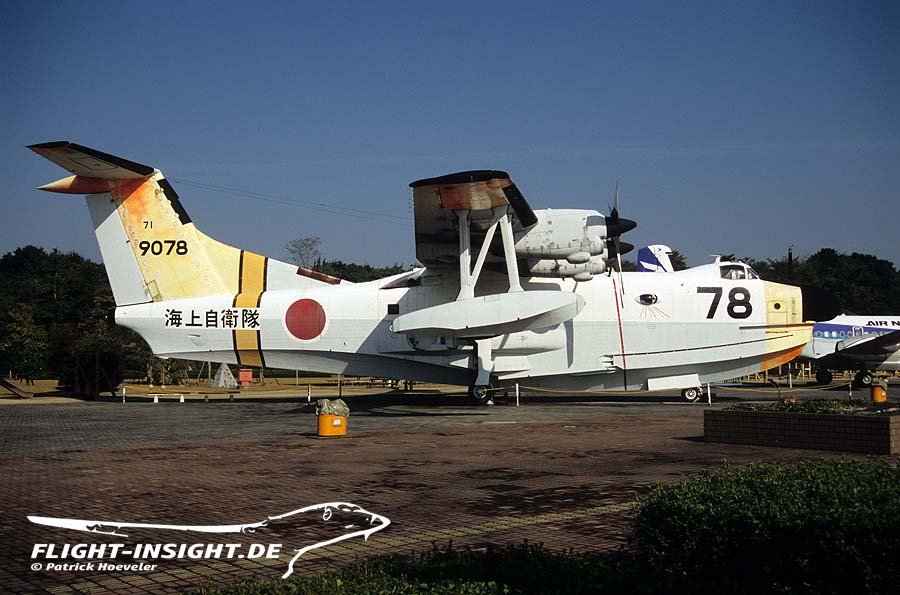
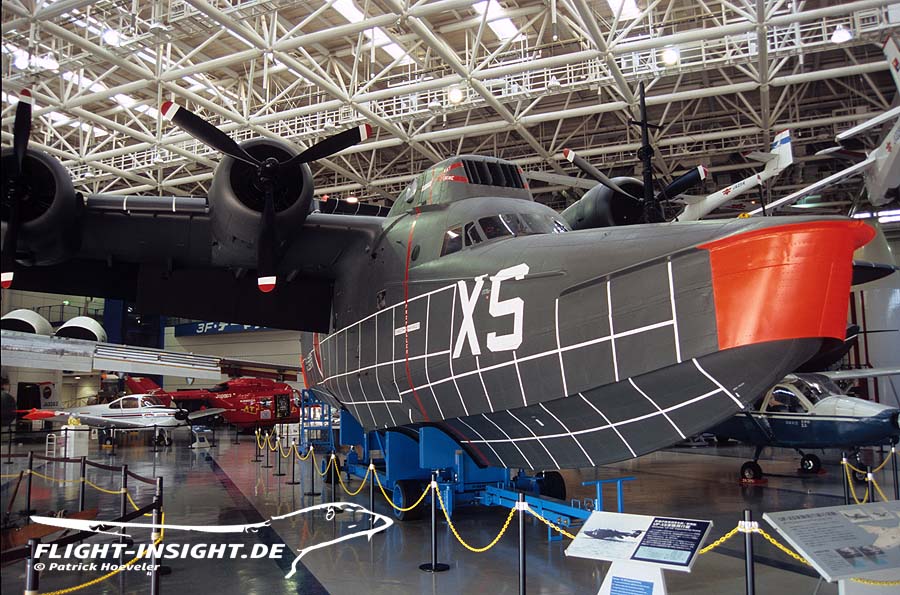
Technische Daten
Besatzung/Crew: 8
Antrieb/Powerplant: 4 General Electric T64-IHI-10J mit je 2305 kW
Länge/Lenght: 33,46 m
Spannweite/Span: 33,15 m
Höhe/Height: 9,95 m
Flügelfläche/Wing area: 135,82 m²
Leermasse/Empty weight: 23300 kg
Max. Startmasse/Take-off weight: 45000 kg (Land), 43000 kg (See)
Reisegeschwindigkeit/Cruise speed: 426 km/h
Höchstgeschwindigkeit/ max. speed: 522 km/h
Dienstgipfelhöhe/Service ceiling: 8655 m
Reichweite/Range: 3817 km
Japan was one of the few nations to stay with the idea of the flying boat and rely on large, seaworthy aircraft for its naval aviators. The first of these was the PS-1, which flew for the first time on 5 October 1967. It was developed by Shin Meiwa, the successor company of the famous flying boat builder Kawanishi. Work on the new type for the Japan Maritime Self-Defence Force (JMSDF) had already begun in the 1950s. To test the planned concept, the engineers modified a Grumman Albatros with a new nose, two additional engines on the wing and a turbine in the fuselage, the exhaust air of which was used to blow on the control surfaces. It flew for the first time on 25 December 1962 and provided valuable knowledge for the PS-1. This aircraft was distinguished by its boat like fuselage with T-tail, raised cockpit for better visibility and a search radar in the large nose. The main task of the PS-1 was Anti-Submarine Warfare (ASW). On 31 July 1968, the 51st Kokutai in Iwakuni took delivery of the prototype for operational testing. It turned out that the efforts were not in vain: The PS-1 raised the performance of flying boats to a new level. Thanks to its extensive slats and blown flaps under the right conditions, it was able to take off at a speed of 83 km/h and only needed a distance of 80 metres to do so. Two pre-series machines were followed by initially twelve, then nine more series-produced examples. However, in the 1980s the military decided to transfer the anti-submarine role entirely to the Lockheed P-3 Orion. The PS-1 was finally decommissioned in 1989.
But this did not end the flying boat era in Japan: to replace the Albatross as a search and rescue aircraft, the JMSDF ordered the US-1. Unlike the PS-1, it had a fully working landing gear and was therefore a true amphibious aircraft. The PS-1 also had an undercarriage, but it was only designed to taxi on land out of the water. The new variant took off on its maiden flight on 14 October 1974. In total, Shin Meiwa built 14 examples, which later received an improved version of the T64 engines as the US-1A. They were stationed at Atsugi and at Iwakuni. In the mid-1990s, Shin Meiwa began an extensive modernisation programme that resulted in the Rolls-Royce AE 2100-equipped US-2. It replaced the US-1A, which was decommissioned on 13 December 2017.
The UF-XS and a US-1 are now on display at the Kakamigahara Aerospace Museum north of Nagoya.

